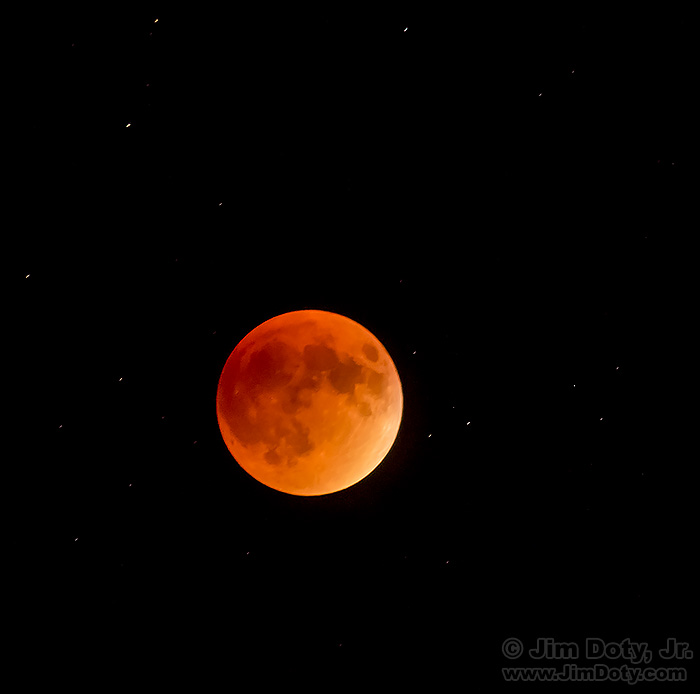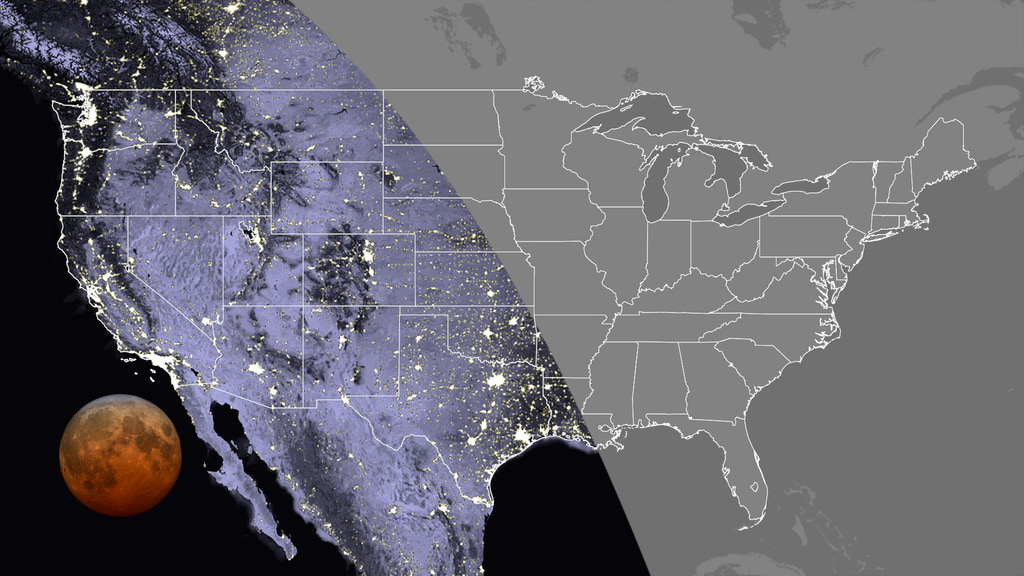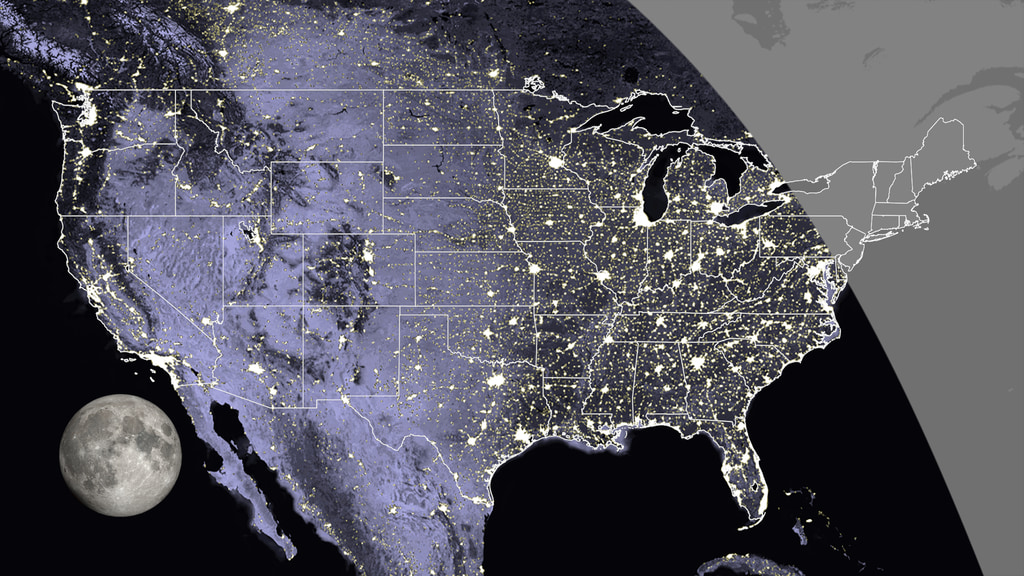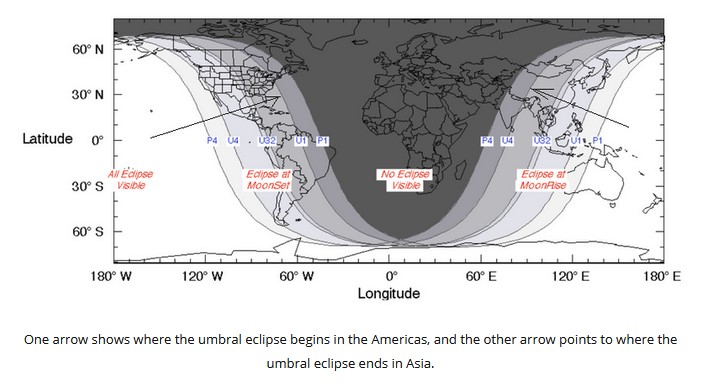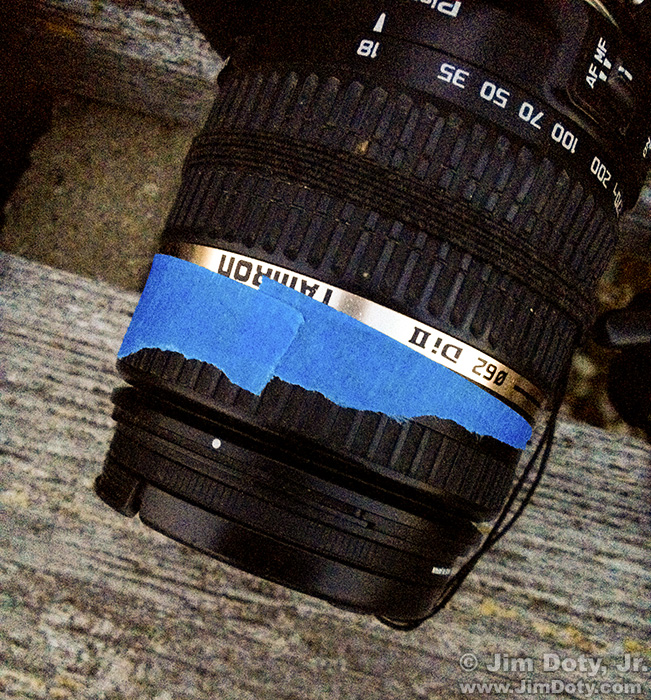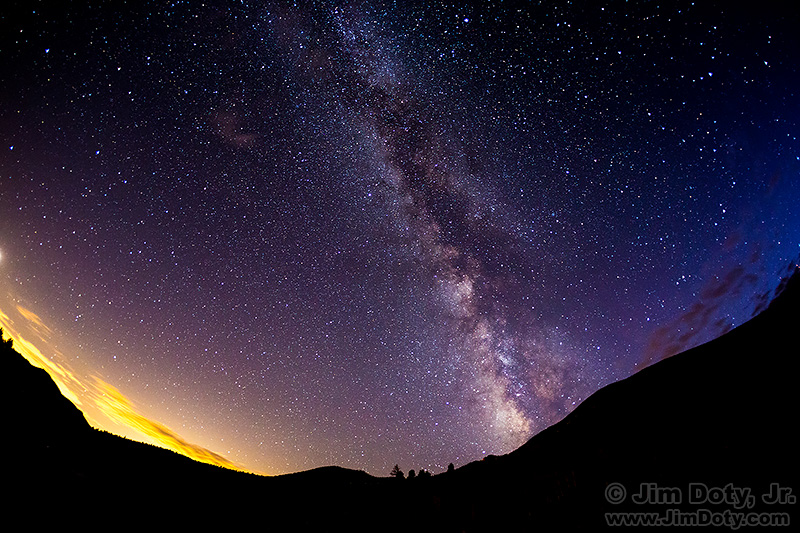Don’t miss it. This is the only total eclipse of 2021 and it happens this Wednesday May 26 (and begins May 25 if you live in Hawaii). This article will show you how to photograph it.Â
What is the Super Flower Blood Moon Eclipse?
The full moon in May is the Flower Moon, whether or not there is an eclipse of the moon.
Super moon is a new, non scientific term to refer to a full moon when the moon is closest to the earth (perigee) and is somewhat large in size and somewhat brighter. To the naked eye (for most untrained observers) a super moon doesn’t look any different than any other kind of full moon. Super moons are not rare.
Blood moon refers to the yellow-orange-copper color of the moon during eclipse totality. This happens with almost all lunar eclipses unless there are unusual atmospheric circumstances. The intensity of the color varies with each eclipse, due to the amount of moisture and dust particles in the air.
The terms super moon and blood moon are mostly used as a modern form of hype to promote moon and eclipse watching.
Some people flood the internet with weird super moon, blood moon, and blue moon memes with no basis in scientific fact and sometime outright nonsense (“once in a lifetime”, “first time in 300 years”, “this super blood moon will activate the psychic powers of your liver”). And finally, super moon and blood moon are used by some people to promote religious prophecies, usually of impending doom.
Where Can You See the Eclipse?
Where you live determines which phases of the eclipse you will be able to see.
If you live in the western half of the United States (indicated in blue) you will be able to see at least part of the totality phase before the rising sun washes out the sky.
At least some of the partial phases of the eclipse will be visible in most of United States with the exception of states in the northeast.
When is the Eclipse?
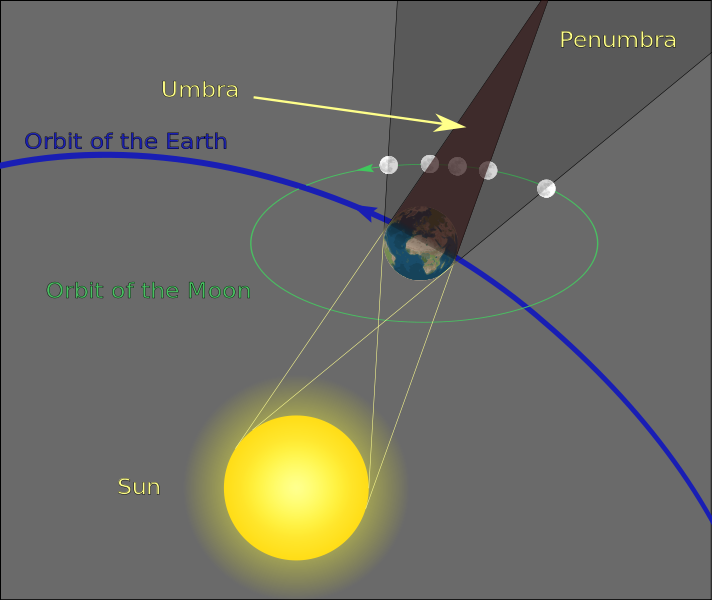
In any umbral lunar eclipse, the moon always passes through Earth’s very light penumbral shadow before and after its journey through the dark umbral shadow. From Earth and Sky.
Unlike a solar eclipse where the moon’s shadow races across the continent and the eclipse happens at different times, the earth gradually blocks sunlight on the moon’s surface at the same time everywhere as the moon passes into the penumbra and then into the umbra and totality. Here are the times for the phases of the eclipse for North American time zones as provided by Earth and Sky. If you live in the eastern or central United States you will not be able to see some of these phases due to the rising sun.
Eclipse times in UTC (May 26, 2021):
Partial umbral eclipse begins: 09:45 UTC
Total eclipse begins: 11:11 UTC
Greatest eclipse: 11:19 UTC
Total eclipse ends: 11:26 UTC
Partial umbral eclipse ends: 12:52 UTC
Eastern Daylight Time (May 26, 2021)
Partial umbral eclipse begins: 5:45 a.m. EDT
Total eclipse begins: 7:11 a.m. EDT
Greatest eclipse: 7:19 a.m. EDT
Total eclipse ends: 7:26 a.m. EDT
Partial umbral eclipse ends: 8:52 a.m. EDT
Central Daylight Time (May 26, 2021)
Partial umbral eclipse begins: 4:45 a.m. CDT
Total eclipse begins: 6:11 a.m. CDT
Greatest eclipse: 6:19 a.m. CDT
Total eclipse ends: 6:26 a.m. CDT
Partial umbral eclipse ends: 7:52 a.m. CDT
Mountain Daylight Time (May 26, 2021)
Partial umbral eclipse begins: 3:45 a.m. MDT
Total eclipse begins: 5:11 a.m. MDT
Greatest eclipse: 5:19 a.m. MDT
Total eclipse ends: 5:26 a.m. MDT
Partial umbral eclipse ends: 6:52 a.m. MDT
Pacific Daylight Time (May 26, 2021)
Partial umbral eclipse begins: 2:45 a.m. PDT
Total eclipse begins: 4:11 a.m. PDT
Greatest eclipse: 4:19 a.m. PDT
Total eclipse ends: 4:26 a.m. PDT
Partial umbral eclipse ends: 5:52 a.m. PDT
Alaskan Daylight Time (May 26, 2021)
Partial umbral eclipse begins: 1:45 a.m. AKDT
Total eclipse begins: 3:11 a.m. AKDT
Greatest eclipse: 3:19 a.m. AKDT
Total eclipse ends: 3:26 a.m. AKDT
Partial umbral eclipse ends: 4:52 a.m. AKDT
Hawaiian Standard Time (May 25-26, 2021)
Partial umbral eclipse begins: 11:45 p.m. HST (May 25, 2021)
Total eclipse begins: 1:11 a.m. HST (May 26, 2021)
Greatest eclipse: 1:19 a.m. HST
Total eclipse ends: 1:26 a.m. HST
Partial umbral eclipse ends: 2:52 a.m. HST
You can find eclipse times for your location anywhere in the world at TimeandDate.com by entering your city in the lookup box.
Photography Equipment
You will need a camera with a long lens. The longer the focal length of your lens, the bigger the moon will be. If you have a lens that is 200-400mm in focal length or longer you will get a relatively nice sized moon. The effective 35mm focal length of the image above was 456mm (285mm focal length on a camera with a 1.6X field of view crop). Much shorter than 200mm and the moon will look disappointingly small compared to the nice eclipse photos you see online and in magazines.
A sturdy tripod and tripod head are essential. At totality you will need exposures time around 1 to 2 seconds so you can’t reliably hand hold your camera.
If you don’t have a long lens, you can still take eclipse photos by making them more about the night that just happens to have a small, yellow-orange moon in the photo.
Techniques
Techniques for all lunar eclipses are pretty much the same, super moon or not.
If your camera isn’t already set up this way, set your camera to capture RAW plus JPEG files at the highest resolution, set the color space to Adobe RGB (1998), and set the white balance to daylight. All of this will give you better image quality when it comes time to do the post processing.
Critical focus can be hard to achieve and you can’t put your ultimate trust in autofocus. The best way to focus is to use your camera’s “live view” mode. Before the eclipse starts, begin with your camera in normal viewing mode (through the viewfinder) and autofocus on the moon. Then turn autofocus off. Turn on live view mode, center the moon in the viewfinder, and magnify the image to 10x on the LCD and manually focus the lens. Take a test shot and magnify the image to make sure everything looks sharp. For more information, read How To Get Critical Focus in Live View Mode with a Magnified Image.
If everything looks sharp it is a good idea to tape the focusing ring in place so it doesn’t move. Don’t use duct tape! Gaffer’s tape is best and painter’s tape would be the second choice.
In “live view” mode the mirror of a DSLR is is locked up. That is a good thing – you won’t get image degradation due to mirror slap. So it is best to leave the camera in live view mode. If your camera doesn’t have a reflex mirror you don’t need to worry about this.
You don’t want to jiggle the camera by pushing the shutter button, so turn on the two second self timer so there is time for vibrations to die down after you push the shutter button. It would be even better to use an electronic cable release.
Incidentally, live view mode will drain the battery faster than normal viewing mode, especially in cold weather, so make sure you charge your battery and backup battery the night before the eclipse.
Exposure
This article assumes you understand exposure basics and the interactions of aperture settings, shutter speeds and ISO settings. If not, read the exposure series which begins here.
Don’t trust auto exposure. Set you camera to manual metering mode and use the following guidelines.
Before the eclipse begins, set your aperture to f/8, your shutter to 1/100 second shutter, and the ISO to 100 and take a picture. Feel free to bracket by using shutter speeds of 1/200 and 1/50.
As the eclipse progresses and the moon gets darker, you will need to gradually increase the ISO and the shutter speed. While your LCD images are not a totally accurate guide to exposure, keep an eye on the images to make sure your moon isn’t totally washed out or really, really dark. Bracket your exposures from a little too light to a little too dark.
It is impossible to predict how dark each lunar eclipse will be at totality so I can’t tell you in advance what the exact correct exposure will be. Generally you will end up around 1 or 2 seconds with an ISO of 1600, but be flexible. For the 2015 eclipse above I ended up with 1 and 2 second shutter speeds at ISO 1600.
During a two second exposure stars will trail a bit during the exposure, along with some potential blurring of the moon. You can minimize blurring of the moon with an astronomical clock drive set to the motion of the moon (not the motion of the stars). The good news is you can get a surprisingly good image of the moon in a 1 or 2 second exposure without a clock drive as long as you aren’t using a super long lens (500mm and up). The photo at the top was taken at 2 seconds without a clock drive.
Do not use a shutter speed longer than 2 seconds with lenses as long as 300-400mm. Do not use a shutter speed longer than 1 second with lenses 500mm or longer. If the moon is too dark, go to a higher ISO.
Post Processing
ISO 1600 means a fair amount of noise. Some judicious post processing with Adobe Camera Raw will help reduce the noise to have a sharp clean image. You may need to adjust the exposure, clarity, and vibrance sliders in the basic panel to get the optimum image.
If you don’t get a chance to photograph this lunar eclipse, you can always use these techniques on the next one. Earth and Sky, Time and Date, and Space.com will let you know when the next lunar eclipse is going to occur.
Lunar Eclipse Photo Data: Canon 7D Mark II. Canon EF 70-300 f/45.-5.6 DO IS USM lens at 285mm. 2 sec, f/8, ISO 1600.
Eclipse Links
Super Flower Blood Moon Eclipse 2021 – Space.com
Total Eclipse of 2021 – Earth and Sky
Eclipse Map and Eclipse Times, May 26, 2021 – Time and Date
Total Eclipse of May 26, 2021 – NASA
NASA Lunar Eclipses Web Site – 2021-2030
How to watch a total eclipse of the moon – Earth and Sky
What is a Blood Moon? – Earth and Sky
Photography Links
How To Get Critical Focus in Live View Mode with a Magnified Image
How To Focus Your Lens at Infinity for Night Photography
Why Is Exposure So Important? – the Exposure Series
Book Links
If you want to know more about photographic exposure, making the most of your camera gear, night sky photography, landscapes photography, wildlife photography and a whole lot more, read Digital Photography Exposure for Dummies, one of the highest rated photography books at Amazon.com. Learn more about the book here and order it here.

